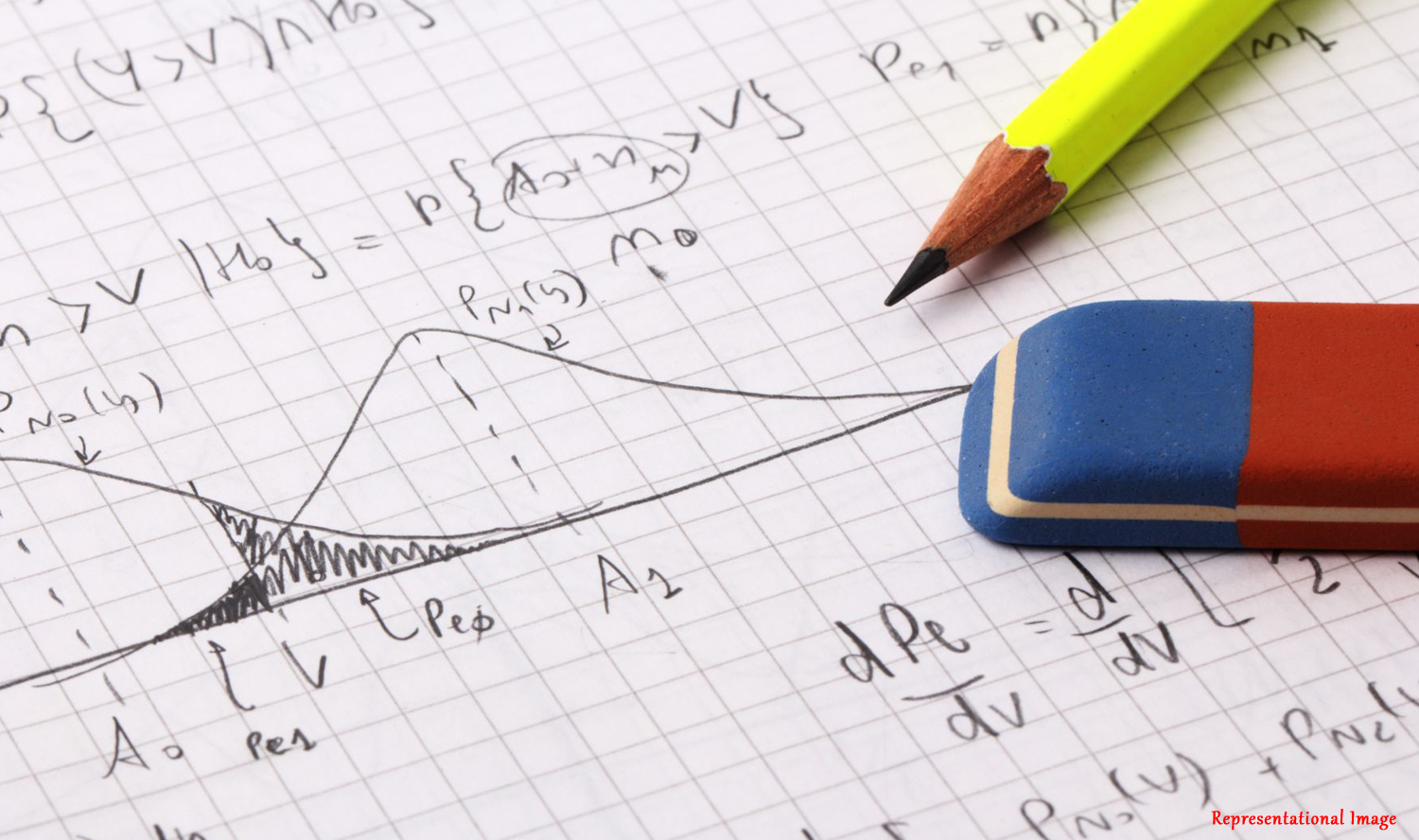
Flows of suspensions which are gas-solid or gas-liquid suspensions through vertical pipes or channels find application in aerosols, pneumatic conveyance, transport of catalytic particulate matter in riser reactors, and even in natural phenomena such as the formation of clouds. Thus studies in this area are very important and attract a lot of research.
In this study conducted by Mr. Pijush Patra and Prof. Anubhab Roy from the Department of Applied Mechanics, Indian Institute of Technology (IIT) Madras, Chennai, India, and Prof. Donald L. Koch from the Smith School of Chemical and Biomolecular Engineering, Cornell University, Ithaca, New York, USA, the collision of two particles, solid/liquid, in a gaseous medium has been studied.
The collision of particles in a gaseous medium depends upon the following driving forces:
1. Shear flow (it is the flow induced by a force.)
2. van der Waals forces (it is a weak physical force between two particles.)
3. Gravity (it is a fundamental interaction which causes mutual attraction between objects.)
4. Particle inertia (inertia is a physical force that can either move or stop a body in motion.)



The particles in this system do not interact with the surrounding gaseous medium and are thus considered to be non-Brownian in nature. Brownian movement refers to the random movement of particles which collide with the gaseous medium. Also, non-continuum hydrodynamics is applied to the particles as the medium is gaseous. Continuum hydrodynamics does not apply here as it does not consider the nature of individual particles, while in this study, individual particles are considered.
The collision efficiencies of the particles were calculated in different scenarios. In the first case, all the four driving forces were considered. In the second case, the particle inertia was considered to be zero, while the other three driving forces were considered. Next, the collision rate was considered in the absence of inetrparticle interactions. Further, the collision efficiency due to non-continuum hydrodynamic interactions between a pair of spheres subject to simple shear flow was calculated. The effects of van der Waals forces on the collision efficiency between the particles were considered next. Lastly, in the absence of van der Waals forces, at a small but finite particle inertia, the collision dynamics between two equal sized spheres was studied.
Thus the collision efficiencies of two spherical particles in a simple shear flow was determined. A non-dimensional relative velocity was obtained. Trajectory equations were also determined. Trajectories and collision efficiencies with and without the consideration of van der Waals forces were determined. To the best of the authors’ knowledge, this is the first study to find a result for the ideal collision rate for a pair of droplets/spheres settling in a simple shear flow.
The results of this study would be helpful in the design of equipment where a simple shear flow drives collisions between particles interacting through non-continuum hydrodynamics. Filtering of aggregates of pollutants would also be better with a better knowledge of the collision dynamics. There can also be fewer errors in measurement of aerosol size distribution in aerosol impactors. The authors believe that their results could be compared with the estimation of the coalescence rate in a turbulent pipe or channel flow from experimental measurements or direct numerical simulations. Finally, this study is another significant step towards resolving a long-standing problem in cloud microphysics – the collision-coalescence bottleneck, how cloud droplets interact in a turbulent atmosphere leading to precipitation initiation in warm cumulus clouds.
Prof. Ganesh Subramanian, from Jawaharlal Nehru Centre for Advanced Scientific Research (JNCASR), Bengaluru, India, who is an international expert in the fluid dynamics of particulate flows, explains at length the importance and findings of this study by the authors with the following comments: “The work pertains to collision of particles in shearing flows under the action of a gravitational field, and is relevant to a host of natural and industrial scenarios, with perhaps the flagship problem being rain initiation in warm Cumulus clouds.
The problem in its full form is a formidable one owing to the diversity of physical factors determining the collision efficiency – van der Waal forces and electrostatic forces, non-continuum hydrodynamics, drop deformability and fluid (gas) compressibility, can all play a role. The reason is that the simplest formulation of this problem, involving hydrodynamically interacting solid particles in a continuum framework, gives zero collision efficiency due to singular lubrication forces that preclude finite-time contact. The current work, the latest in a series of efforts involving Prof. Roy and his collaborator Prof. Don Koch at Cornell University, addresses this issue in the specific case of the suspending fluid being a gas. It is shown, via careful physical arguments, that the breakdown of the lubrication paradigm owing to non-continuum effects is the most important over a certain intermediate drop-size range, this breakdown allowing for a finite collision efficiency. The efficiency is still significantly influenced by the size ratio of the colliding drops, non-Gaussianity of the turbulent small-scales, and the relative importance of gravity and turbulence. Prof. Roy’s efforts are the first to address the combined influence of these factors, using a non-continuum hydrodynamic framework that remains valid for all Knudsen numbers. Among other things, the actual efficiency is shown to differ significantly from a naive superposition of individual contributions.
In the latest effort, the collision efficiency is determined for a laminar (simple shear) flow. The apparently simpler laminar problem has its own share of subtleties stemming from the peculiar nature of the hydrodynamic particle-pair trajectories, as discovered by Batchelor and Green in the early 1970’s. As a result, the collision efficiency exhibits a non-trivial dependence on the flow topology – while the collision efficiency for an extensional flow goes to zero only in the continuum limit, which for simple shear already goes to zero at a finite Knudsen number. Some of these aspects mirror earlier research, in the context of drop coalescence in solid-liquid systems, with non-continuum hydrodynamics replacing a mobile interface as the factor leading to lubrication breakdown.
The authors, in the current work, also consider particle inertia for the first time, setting the tone for future efforts that would extend the collision-efficiency predictions to larger drops with inertial effects being important. In future, it would be interesting to address the analogous problem for anisotropic particles (ice crystals) relevant, for instance, to snow initiation in ice and mixed-phase clouds.”
Article by Akshay Anantharaman
Click here for the original link to the paper










